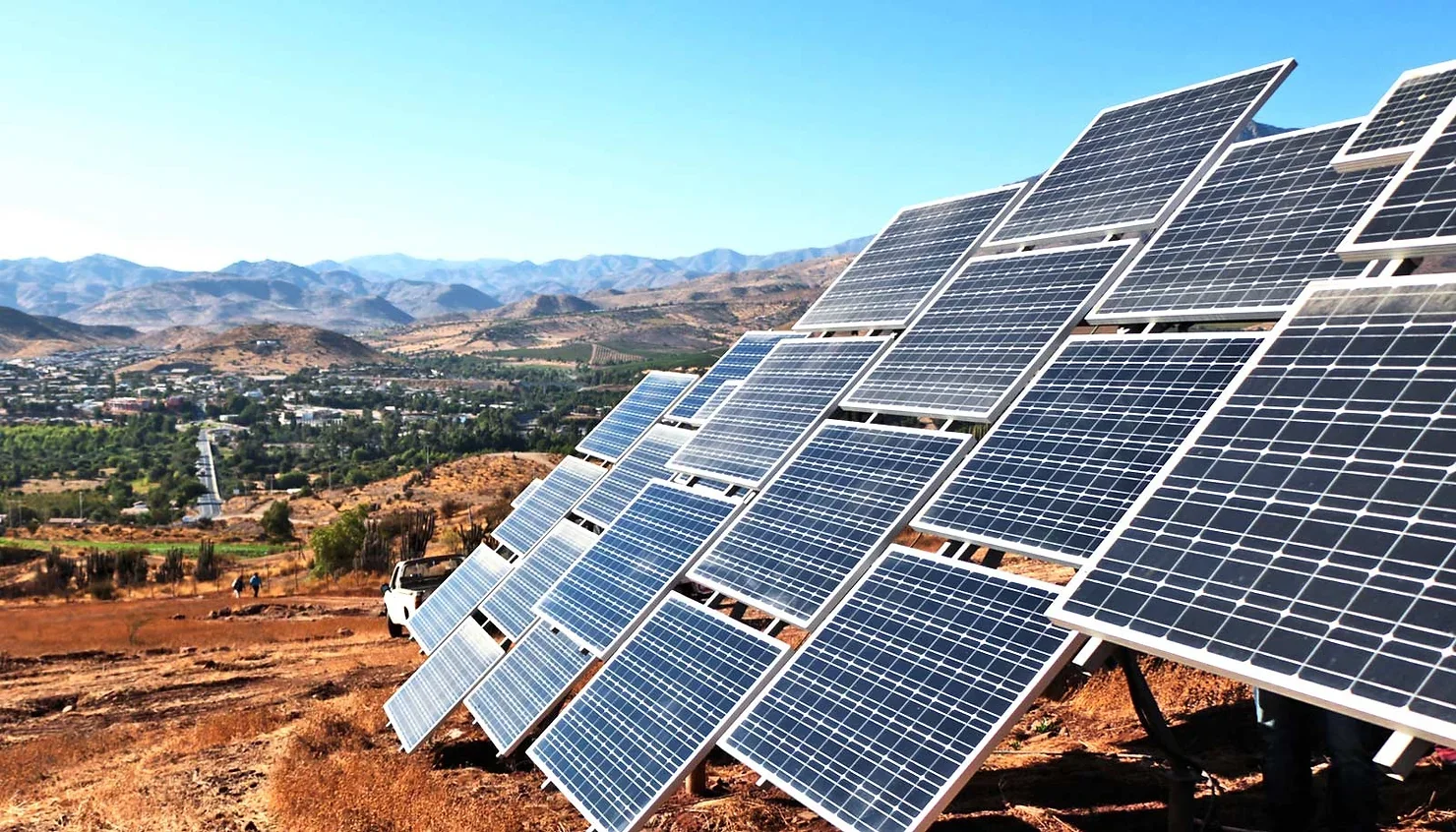Researchers at Martin Luther University Halle-Wittenberg (MLU) have discovered a new method to increase the efficiency of solar cells by a factor of 1,000. The team of scientists achieved this breakthrough by creating crystalline layers of barium titanate, strontium titanate, and calcium titanate, which were alternately placed on top of one another in a lattice structure.
Their findings, which could revolutionize the solar energy industry, were recently published in the journal Science Advances.



Anything claiming a 1000 times improvement on a technology needs to come from several serious sources to be remotely credible
It’s a 1000 times improvement the same way riding a horse is a 1000 times improvement over riding an army of snails. It’s possible because nobody was doing the old thing because it was garbage.
Impossible to be literally true, so quite literally “incredible” if 1000x or 1000%. The sun doesn’t emit that much energy more than current solar panels can manage.
Yeah, a kilowatt per square meter (perpendicular to the sun angle). We only need something like 5 times for 100% efficiency
The article must be either entirely bullshit or using an odd baseline to raise a thousand times
Most solar panels are ~20% efficient. So (100-20)/1000=0.08%, 100-0.08=99.92% efficient (1000x less energy loss) (you could do it the other way, but that would make less sense)